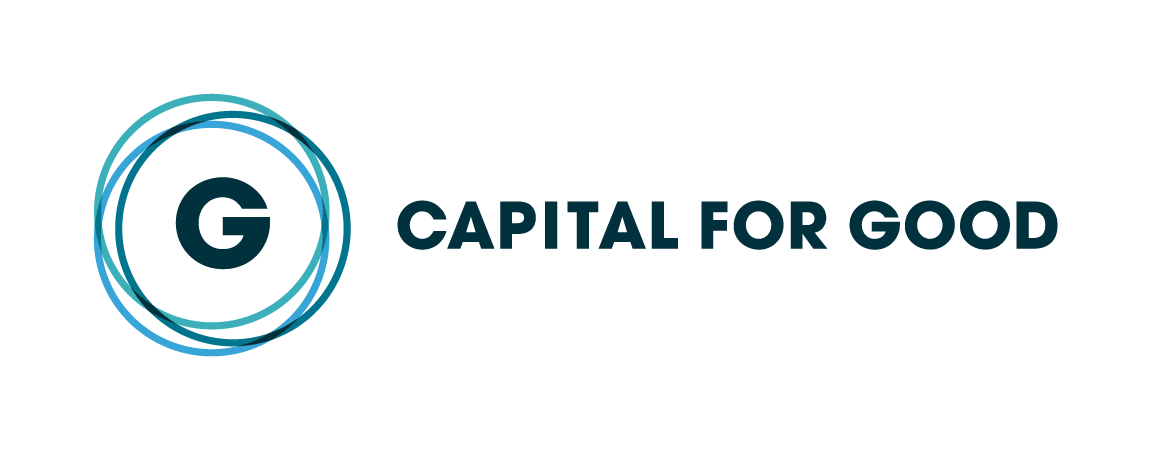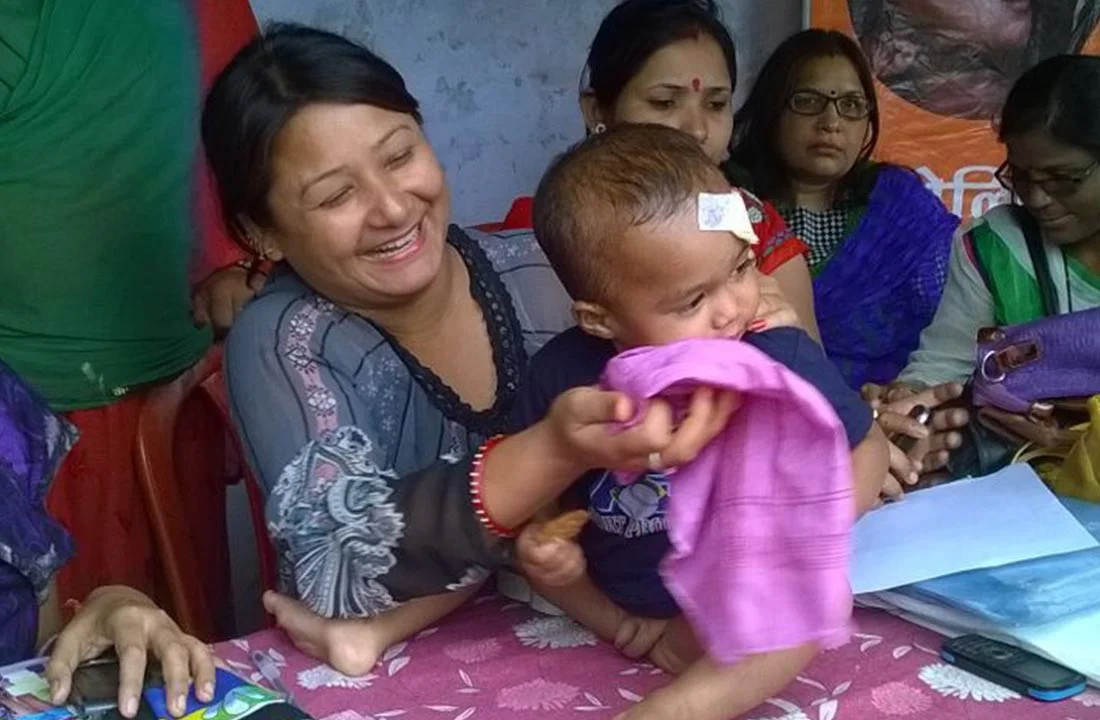Nepal Recovery Fund
2015-2016
On April 25, 2015, a devastating 7.8 magnitude earthquake struck Nepal about 50 miles northwest of Kathmandu—Nepal’s largest city, population of 1 million. A series of strong aftershocks followed, with up to four aftershocks a day, including one measuring 7.3 magnitude. Nearly 9,000 people were killed, and more than 22,000 others were injured. Nearly one million homes were destroyed or seriously damaged, leaving thousands of families without shelter.
The impact was severe. The earthquake affected 30 of the 75 districts of Nepal. Of the 27.8 million people living in Nepal, approximately 83% reside outside of urban areas. In some of the worst-affected rural areas, up to 90% of homes were destroyed. In the wake of the disaster, access to those villages was challenging or even blocked completely. An estimated 5.6 million people were in need of urgent assistance, but infrastructure damage interrupted the delivery of basic services to all of the most affected areas.
In response, Capital for Good USA launched the Nepal Recovery Fund on April 26, 2015, and quickly raised over $160,000. Modeled on the Ebola Crisis Fund, it empowered local organizations to quickly address immediate needs. Capital for Good USA partnered with Geneva Global, which had personnel on the ground in Kathmandu to perform a rapid needs assessment. Through Geneva Global’s deep history of partnerships in Nepal, the fund received real-time information about urgent needs.
Our efforts focused on the hardest hit regions. Grants were made within two weeks to seven local grantees, who delivered emergency and recovery services in nine districts. They distributed emergency supplies—such as tents, blankets, food, and water purification materials—helped construct temporary and permanent shelters, and provided trauma counseling and psychosocial support. They ensured that grant funding supported the local economy by supplying pre-existing goods and services, and recommended alternatives to common mistakes like over-investing in temporary shelters in the face of the fast-approaching rainy season and subsequent cold weather.
Several grantees provided support for marginalized or vulnerable groups, including ethnic minorities, children with disabilities and their families, and women and girls (who are particularly vulnerable to human trafficking in the aftermath of disasters). The grantees also provided specialized support for recovery needs, including: scholastic materials and warm clothing for children in Kave district, planting assistance—seed, bio pesticides, and basic tools for harvesting—to communities in Makwanpur and Rasuwa, and trauma counseling for refugees in Birgunj.
In the wake of the worst earthquake to strike the Himalayan region in 80 years, the Nepal Recovery Fund and its partners reached over 18,000 people with hope and support.


